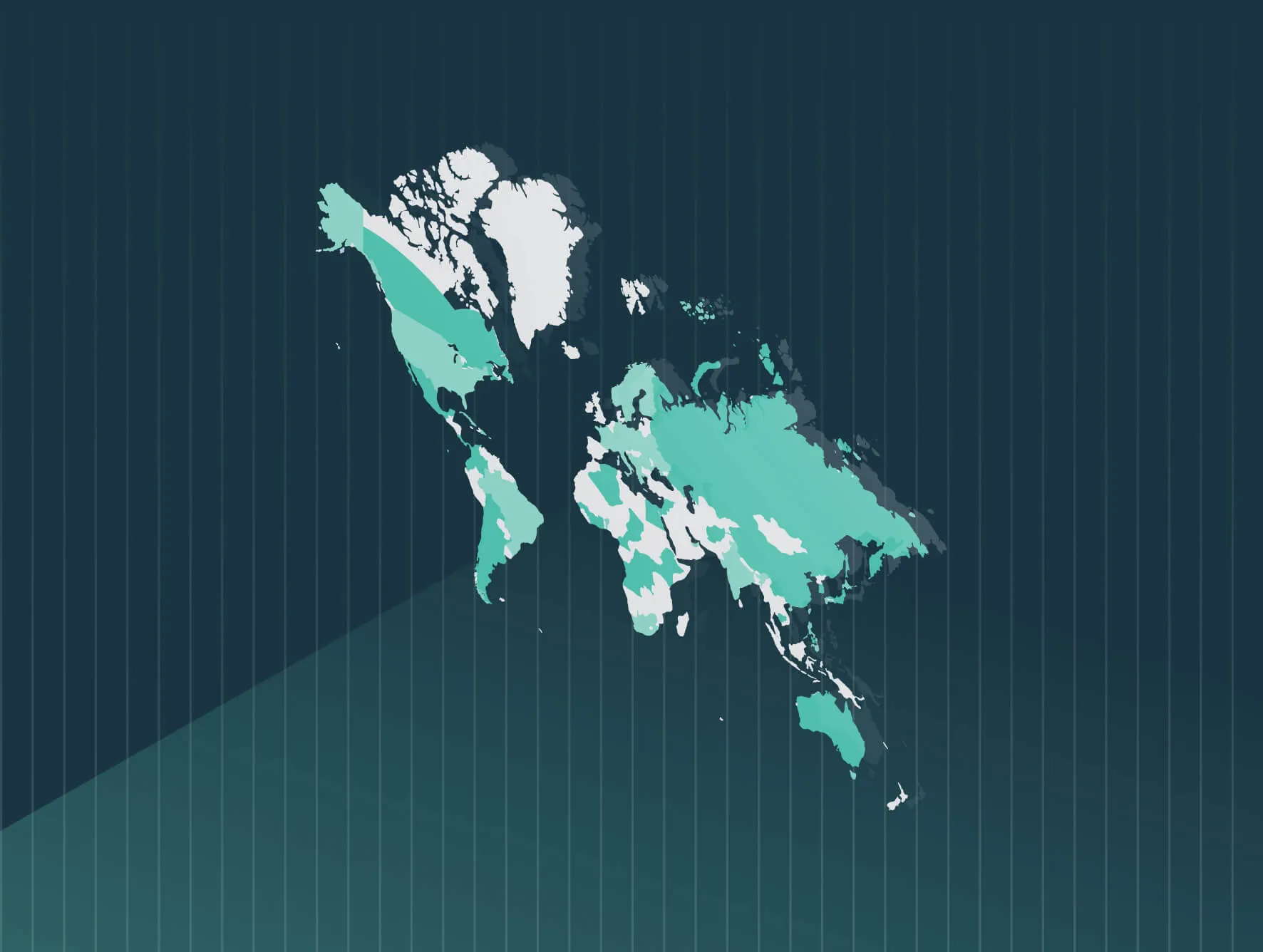The Affordable Care Act’s (ACA) enhanced Premium Tax Credits have been a cornerstone of record marketplace enrollment. Extended in 2022 as part of the Inflation Reduction Act, they are set to expire at the end of 2025. However, a group of House Republicans are introducing new legislation
that would extend these subsidies for one additional year, through 2026.
This move highlights both the political sensitivity and the financial importance of these credits — but for employers, it also raises questions about what happens next and how to prepare for either outcome.
What Are Enhanced Premium Tax Credits?
Enhanced Premium Tax Credits were enacted during COVID-19 relief efforts and later extended. They:
- Lowered average premium costs by $705 per year.
- Expanded eligibility beyond 400% of the federal poverty level.
- Fueled historic ACA Marketplace growth, particularly in states with high uninsured rates.
Without an extension, a projected 3.8 million people would lose coverage each year between 2026-2034 and premiums could rise 18 percent on average for 2026, according to analysis from the research firm KFF of insurance filings across the country.
What the New Bill Proposes
The newly introduced House Republican bill would:
- Extend the enhanced tax credits for one year (through plan year 2026).
- Delay but not eliminate the cliff of expiring subsidies.
- Provide temporary relief for families facing steep premium increases.
While the bill signals recognition of the subsidies’ popularity, its passage remains uncertain due to cost concerns, partisan divisions, and competing legislative priorities.
Why It Matters for Employers
The prospect of PTCs going away after 2025 would increase healthcare costs but would remove a notable compliance hurdle for employers.
While expanded PTC eligibility benefits employees and their families, it also raises compliance risks for employers. PTCs serve as triggers for the IRS to identify potential ACA non-compliance.
When an employee receives a PTC from a state or federal health exchange, the IRS cross-references the request with the employer’s ACA filings to identify organizations that may not be compliant with the ACA’s Employer Mandate.
However, there are other downstream effects that could surface if PTCs are not extended.
When Marketplace subsidies shrink, more individuals may seek coverage through employer-sponsored plans. This could lead to:
- Increased enrollment activity outside of open enrollment periods.
- Increased enrollment costs as more employees turn to employer sponsored coverage
How to Prepare Now
Regardless of whether the one-year extension passes, maintaining ACA compliance is essential for large employers. Proactive steps include:
- Conducting a Penalty Risk Assessment to identify potential exposure before filings.
- Reviewing Safe Harbor Strategies to ensure contribution amounts meet the 2026 affordability threshold.
- Maintaining Audit-Ready Records for ACA filings, including affordability calculations and coverage offers.
- Leveraging Seamless Integrations with payroll and benefits systems to ensure accurate data reporting.
How Trusaic Can Help
Trusaic’s ACA Compliance Solution is built to help employers navigate shifting ACA requirements:
- Real-Time Eligibility Tracking: Manage coverage obligations in dynamic workforces.
- Safe Harbor Optimization: Calculate contributions with confidence under evolving affordability rules.
- Penalty Risk Assessment: Spot compliance gaps before they lead to IRS fines.
- Audit-Ready Reporting: Ensure filings stand up to scrutiny, even in an uncertain regulatory environment.
Final Thoughts
The proposed one-year extension of PTCs underscores the political and economic stakes of ACA policy. But whether subsidies are extended temporarily or eventually expire, employers must remain vigilant.
By adopting a proactive compliance strategy now, organizations can safeguard against volatility, mitigate IRS penalty risks, and remain compliant in the face of shifting ACA regulations.








